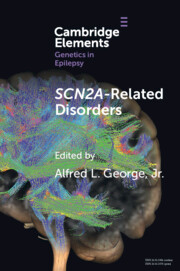There is mounting evidence to implicate the intrauterine environment as the initial pathogenic stage for neuropsychiatric disease. Recent developments in magnetic resonance imaging technology are making a multimodal analysis of the fetal central nervous system a reality, allowing analysis of structural and functional parameters. Exposures to a range of pertinent risk factors whether preconception or in utero can now be indexed using imaging techniques within the fetus’ physiological environment. This approach may determine the first “hit” required for diseases that do not become clinically manifest until adulthood, and which only have subtle clinical markers during childhood and adolescence. A robust characterization of a “multi-hit” hypothesis may necessitate a longitudinal birth cohort; within this investigative paradigm, the full range of genetic and environmental risk factors can be assessed for their impact on the early developing brain. This will lay the foundation for the identification of novel biomarkers and the ability to devise methods for early risk stratification and disease prevention. However, these early markers must be followed over time: first, to account for neural plasticity, and second, to assess the effects of postnatal exposures that continue to drive the individual toward disease. We explore these issues using the schizophrenia spectrum disorders as an illustrative paradigm. However, given the potential richness of fetal magnetic resonance imaging, and the likely overlap of biomarkers, these concepts may extend to a range of neuropsychiatric conditions.

